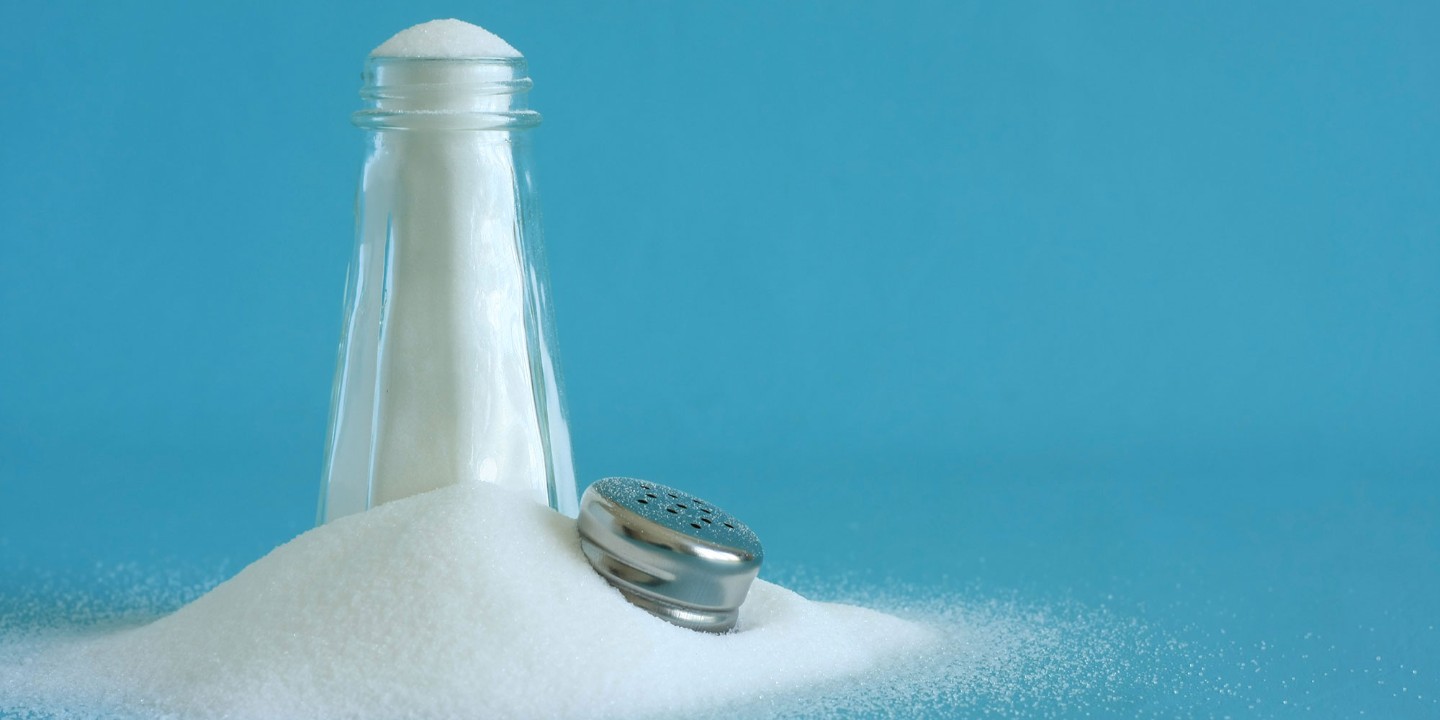Urgent Care vs. Virtual Quick Care vs. ER: A Guide to Getting the Right Care, Right Now
DEC 22, 2025Choosing correctly can save you time, money, and ensure you get the most appropriate and timely treatment.
Read More
From my observations with my patients here at CHI Health, I have discovered that salt appears to be one of Americans’ favorite condiments. Not only is it in many obvious sources, such as salted nuts and snack chips, but it is hidden in high levels in canned soups, pickles, most frozen dinners, in the flavoring packets of most boxed mixes, and even in breads!
Once we understand how salt impacts our health, it’s easy to see that Americans need to change our mindset regarding the use of so much salt.
Salt is composed of a blend of two minerals, sodium and chloride. It’s the sodium component of salt that causes many health issues in humans when consumed in high doses. In fact, 9 out of 10 Americans are eating too much sodium/salt.
Sodium is needed by our bodies but in only small amounts. Sodium plays several essential roles in our body: it aids in the contraction of muscles--including the heart muscle, it helps send nerve impulses throughout our bodies, and it regulates the fluid balance of our bodies. Therefore, if you consume excessive sodium, it draws more water into your blood vessels. This extra fluid can be likened to filling a water balloon--the more water added, the more pressure on the balloon. Therefore, besides extra sodium causing "bloating" or fluid retention in our body, it can contribute to high blood pressure. This can lead to other health issues, such as strokes, heart failure and kidney failure over time.
The danger with high blood pressure (also known as hypertension), is that the symptoms are usually silent. That is why hypertension is often referred to as "the silent killer." It is also a major risk factor for heart disease, which is the #1 cause of death in the world! Hypertension can also lead to strokes, kidney failure or heart failure.
Nearly everyone can benefit from lowering their sodium (salt) intake. In fact, our body only needs 500 mg. of sodium each day to survive. However, the average American is consuming about 3400 mg. of sodium each day—that’s nearly six times that of which our body needs.
In contrast, the American Heart Association recommends that adults should aim to limit their sodium intake to less than 2,300 mg. of sodium each day but they state ideally, we should aim for no more than 1,500 mg. each day. One teaspoon of salt equates with about 2,300 mg. of sodium. However, since sodium is hidden in so many foods, this doesn’t allow for us to add any salt in cooking nor at the table. This includes elimination of all forms of salt, whether it be kosher salt, sea salt, Himalayan Pink salt, or even herb blends, such as garlic salt or onion salt. These salts only differ in the origin of where they come from. They may have slightly different textures or colors, but the basic units of all contain sodium and therefore impact our bodies the same.
When reducing your salt in cooking and at the table, foods may taste bland initially to you. To enhance the flavor of foods, experiment with various herbs and spices or even flavored vinegar. There are also some herb blends available in the grocery stores that can add flavor to your meals.
Within a month or two of eliminating salt, you will begin to appreciate the taste of the real flavor of the foods without the salt.
Once you’ve mastered flavoring foods without salt, you should begin to be a food label detective since about 75% of Americans' sodium comes from processed foods and eating out. All packaged foods are required to post the sodium content present. Be sure to also take note of the serving size as that may be deceiving. For example, Ramen noodles lists a serving size as ½ of the packet. Who eats only ½ of the packet? Per the label, ½ of the packet contains 890 mg. of sodium. Therefore, eating the whole packet will provide 1,780 mg. of sodium, or a full day’s intake!
Foods that would be red flags to most likely contain high levels of sodium include most frozen meals, most boxed meals with a flavoring packet, such as seasoned rice mixes, macaroni and cheese, and most deli or processed meats, such as ham, bologna, hotdogs, salami. Also, any brined foods will be high in sodium, such as pickles, olives and sauerkraut.
One of the healthiest diets for everyone is the D.A.S.H. diet. This diet, which stands for Dietary Approach to Stop Hypertension, has been proven to help prevent as well as reduce hypertension. It emphasizes the following food groups:
Shaking the salt from your diet can lead to a healthier life!

Choosing correctly can save you time, money, and ensure you get the most appropriate and timely treatment.
Read More
MS is not rare. It’s estimated that nearly 1 million people in the United States and 2.8 million worldwide live with MS.
Read More
The aortic valve's job is to let oxygen-rich blood flow out to your body and then close tightly to prevent blood from leaking back into the heart.
Read MoreWhen you need local health information from a trusted source, turn to the CHI Health Better You eNewsletter.